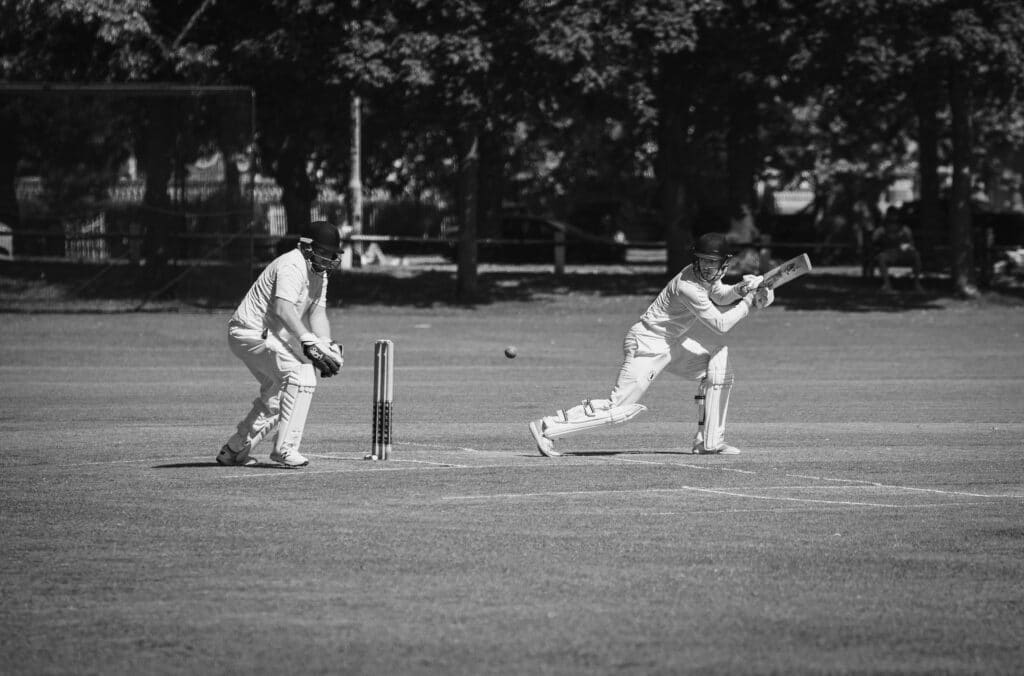Low back pain and sciatica
What we’ll cover
Low back pain and sciatica
Low back pain is one of the most common presentations that we treat as physiotherapists. In fact, research tells us that 80% of the population will have experienced low back pain in the past 12 month. Whilst a large proportion of the population has experienced low back pain, persistent and repetitive low back pain is not normal. Physiotherapy has been shown to be one of the most effective ways to combat and prevent and reduce low back pain. Our physiotherapist Jason Lee identifies what to do if you are experiencing low back pain or stiffness.
What causes low back pain?
In most cases, there is very rarely a specific structure that causes pain. The lower back is an incredibly strong and resilient structure. There are many structures that work together to allow movement whilst also providing strength and stability which allow us to bend, twist and rotate.
The lower back is made up of five vertebrae which are separated by discs. These discs act as a shock absorbers and allow mobility. Around these discs, there a number of ligaments which run along the spine. Our surrounding muscles including our core muscles then allow stability as well as creating movement
When should you get a scan for low back pain?
Investigations such as X-rays, MRI or CT images can sometimes be used for low back pain. Imaging for the low back can be useful following a traumatic injury or to rule out serious conditions such as cancer or tumors. However, for low back pain or chronic low back pain, imaging is usually unreliable to identify the cause of your pain.
In fact, we now know that MRI findings generally don’t correlate to pain and are more likely to show normal age related changes. A recent study identified that these age related changes occur from the age of 20. The same study identified that by the age of 50 years, approximately 60% of non-symptomatic and pain free individuals have at least one disc bulge on investigation.
What can I do for low back pain?
Physiotherapy has been shown to be one of the best methods to combat and prevent low back pain.
During the early stages, your physiotherapist will utilise techniques to reduce pain and spasm. Hands-on treatment in the early stages has been shown to be of significant benefit to reduce early pain and stiffness. In severe cases of muscle spasm, your physiotherapist may use taping or a brace to offer short term support.
In addition to physiotherapy treatment, we commonly recommend the following:
- Continue to move as much as possible. Movement is your best friend. In fact exercise and movement has been shown to be one of the best methods to prevent and reduce low back pain.
- Reduce time spent sitting.
- When sitting, choose a firmer chair and use a lumbar support or cushion placed in the small of your back.
- Utilise a heat pack to reduce muscle spasm and decrease pain.
- If having difficulty finding a comfortable position, try lying on your side with a pillow between your knees or a pillow under your knees if you prefer to sleep on your back.
- Speak to your health professional about pain relief such as paracetamol or anti-inflammatories if required.
Exercise for low back pain
In order to prevent low back pain or prevent further episodes of low back pain, specific exercises have been shown to be of benefit. In the early stages where the main symptoms are pain and stiffness, mobility and stretching exercises of significant benefit.
As symptoms start to subside, introducing strengthening exercises targeting core strength prevent further exacerbation or future episodes of low back pain. Clinical pilates has been proven to be the best rehabilitation in the early stages of low back pain.
Stretches for low back pain
Mobility and stretching exercises aim to restore low back mobility and flexibility. Muscle spasm and guarding commonly result in reduced spine flexibility. Try the below stretches which aim to restore movement. These exercises are also useful for maintaining spinal flexibility and mobility.
Strengthening exercises to prevent low back pain
Strengthening exercises are designed to prevent future episodes of low back pain. One of the main reasons that low back pain can commonly become persistent is commonly associated with reduced strength. During episodes of low back pain or stiffness, our core muscles are commonly inhibited or switched off. Commencing strengthening exercises as quickly as possible is important to restore core strength.
Try the following exercises below which can assist improving core and gluteal strength.
Whilst there is no quick fix for low back pain, your physiotherapist is well placed to reduce pain and stiffness. Importantly, our physiotherapists will develop an individualised approach to reduce and prevent future episodes of low back pain.
If you are suffering from low back pain or stiffness, contact our friendly team or book online today.



